Description
Genus: Hortiboletus
- Genus 2: Boletus
Species: campestris
- Species 2: harrisonii
Common Name: “Field Bolete”
Tells: Found in lawns and roadsides. Yellow stem- & paler cap-flesh both stain greenish blue. Yellow pores age to greenish- or olive-yellow. Never gets bigger than 1-1/2″ across.
Other Information: Red cap often has pinkish tones but can be straight red, brown, or tan. Cap may crack in age but not as much as H. rubellus. Yellow stem gets darker going down, typically w/ red-orange dots toward the bottom. Yellow mycelium.
Science Notes: DNA testing moved this mushroom into the newly erected genus “Hortiboletus” (“hortus” = “garden,” a typical environment for the members of this genus). A 2025 paper has proved that the form B. harrisonii was actually H. campestris that was associating with a tree instead of the more typical grass.
Edibility: Good.
CHEMICAL TESTS:
- NH4OH (Ammonia): Cap surface does not react. Blue-staining on cap flesh disappears.
- KOH: No data.
- FeSO4 (Iron Salts): No data.
Links:
 |
0 |  |
0 |  |
101 |  |
223 |

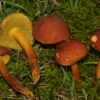
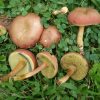
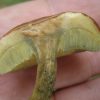
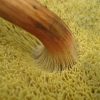
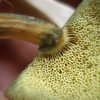
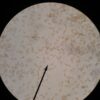
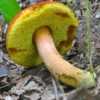
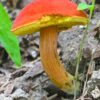
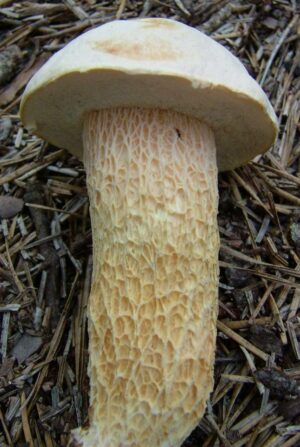
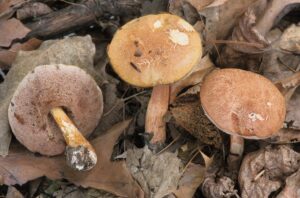
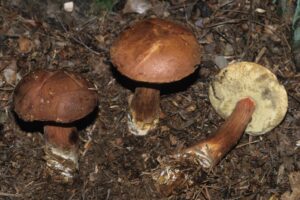

Got something to discuss?